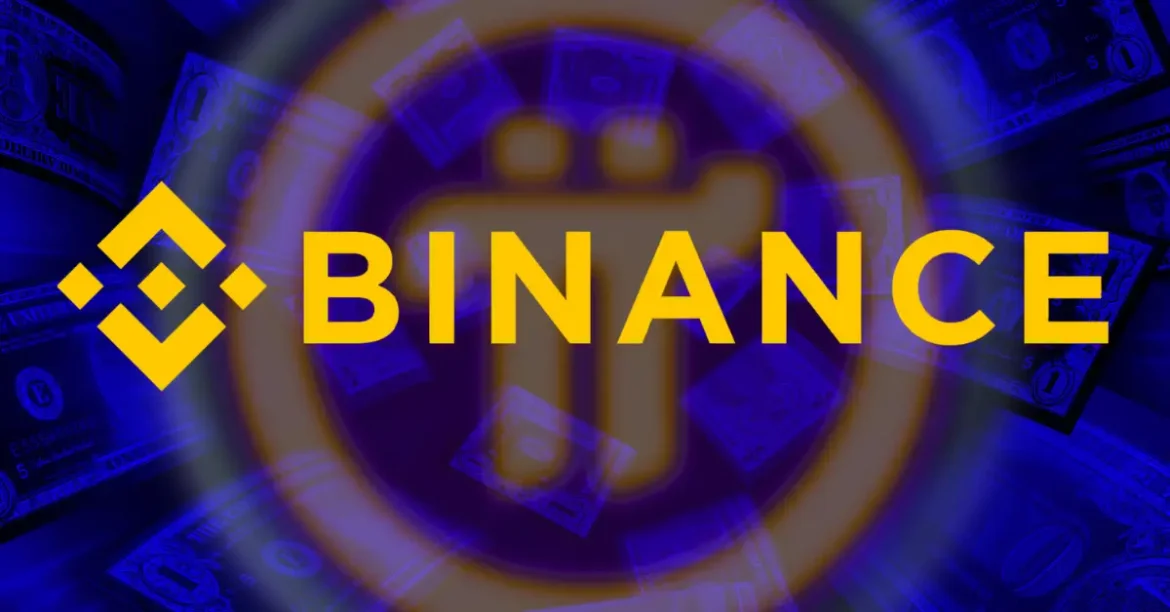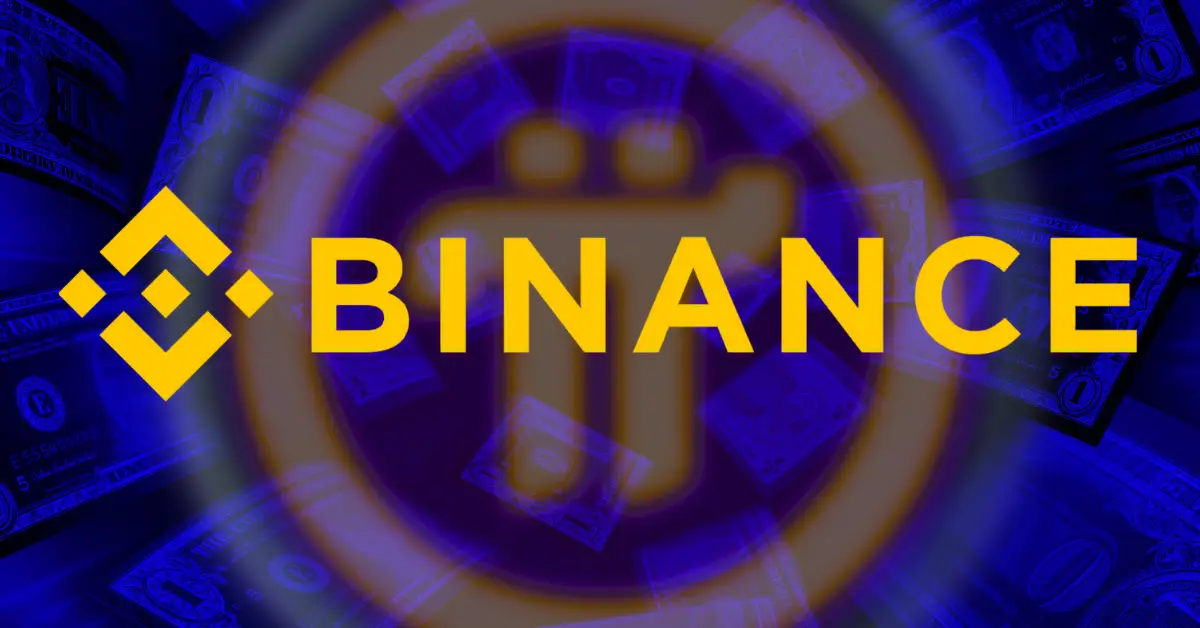Bitcoin’s “No-Sell Zone” Above $130K: A Turning Point in Market Dynamics
Bitcoin, the flagship cryptocurrency, has long been synonymous with extreme volatility, dramatic rallies, and sharp corrections. However, recent insights from Bitwise CEO Hunter Horsley suggest that a fundamental shift in Bitcoin’s selling behavior could occur if its price surpasses the $130,000 mark, potentially ushering in a new era of market stability and scarcity. This analysis delves into the reasoning behind this prediction, the technical context, and the broader implications for Bitcoin’s future trajectory.
—
Understanding the “No-Sell Zone” Concept
The term “no-sell zone”—as articulated by Hunter Horsley—refers to a price region (roughly $130,000 to $150,000) beyond which Bitcoin holders will dramatically reduce or completely halt their selling activities. The idea is rooted in behavioral and market structural changes. Below this threshold, both retail investors and institutions have been willing to sell or take profits amid volatility. Above it, however, a psychological and strategic barrier might emerge leading holders to “lock in” their Bitcoin holdings for long-term gains.
Drivers Behind Reduced Sell Pressure
Growing institutional participation typically brings sophisticated capital that views Bitcoin more as a strategic asset rather than a speculative gamble. Such holders are more inclined to HODL (hold on for dear life), reducing supply availability at higher price points.
When Bitcoin hits historically unprecedented prices, retail sellers often hesitate to sell, fearing regret if prices keep rising. The fear of missing out (FOMO) rivals profit-taking, thereby compounding the no-sell dynamic.
Bitwise’s CEO notes that at higher prices, investors might prefer borrowing liquidity against their Bitcoin rather than selling it outright. This use of Bitcoin as collateral reduces the need to liquidate positions, contributing further to diminished sell pressure.
If holders stop selling while demand either stays steady or increases, Bitcoin’s effective circulating supply for trading shrinks, leading to a supply shock. Since Bitcoin’s supply is inherently capped at 21 million coins, such a dynamic tends to accelerate price appreciation.
—
Technical Landscape Leading to the $130K Threshold
Recent market data points to Bitcoin struggling to break certain resistance levels, notably around $111,000. Short-to-mid-term moving averages indicate bearish leanings, while oscillators present a neutral to slightly bearish sentiment. This reflects a consolidation and cautious phase where whales—the large BTC holders—are holding back, neither pushing aggressively for higher prices nor selling off en masse.
Market Behavior Near Critical Resistance
– Whale Activity: Large holders holding back sales signals market indecision but also potential energy for a breakout.
– Price Pullback and Support Levels: Bitcoin’s recent slides to around $105,000 amid volatility still found support near historical price floors near $74,000, underscoring resilience.
– Technical Patterns: Analysts have noted classic breakout patterns such as cup-and-handle formations that historically precede upward price movements.
For Bitcoin to enter the “no-sell zone,” it must clear these resistance levels decisively. Once breaking $130,000, the market dynamics and holder behavior could shift dramatically.
—
Implications of the $130K Breakout
Market Stability and Decreased Volatility
If sell-offs reduce as predicted, Bitcoin prices might experience less dramatic pullbacks. A reduction in panic selling often leads to steadier growth and a more mature market environment.
Institutional and Long-Term Holder Dominance
With retail selling drying up, institutional adoption is poised to anchor the market. Long-term holders locking their coins away compress tradable supply and encourage a more stable investment ecosystem.
Potential for Parabolic Price Moves
A tightened supply in the face of rising demand can contribute to rapid price surges. The prediction anticipates Bitcoin entering uncharted territory, where historic precedents may no longer apply, and exponential growth could take hold.
—
Potential Risks and Considerations
While the thesis of a no-sell zone is compelling, it carries inherent risks:
– Macroeconomic and Regulatory Uncertainty
Market volatility can still be influenced by external shocks such as regulatory crackdowns or macroeconomic turbulence, which could trigger unexpected sell-offs regardless of price levels.
– Price Resistance and Failed Breakouts
Bitcoin’s history includes false breakouts where prices attempt but fail to sustain higher levels, leading to retracements. Until $130K is decisively breached and maintained, caution is warranted.
– Psychological Barriers and Market Sentiment Shifts
Social sentiment and investor psychology can rapidly evolve, sometimes unpredictably altering market behaviors.
—
Conclusion: The $130K Milestone as a Market Paradigm Shift
Bitcoin’s potential entry into a “no-sell zone” beyond $130,000 represents more than just hitting a price milestone—it signals a possible fundamental transformation in how the cryptocurrency is valued and treated by its holders. Decreased selling pressure fueled by institutional confidence, retail hesitation to liquidate, and the growing use of Bitcoin as a collateral asset could create a supply shock that propels prices higher and stabilizes volatility.
However, the journey to this threshold is not guaranteed, facing technical and macroeconomic hurdles. Still, if Bitcoin crosses this critical point, it might well enter a new phase characterized by scarcity-driven price appreciation and an evolving role as a long-term store of value rather than a speculative commodity.
In essence, the $130K zone is more than a number; it could be the gateway to Bitcoin’s maturation as both a financial asset and a global economic phenomenon.





